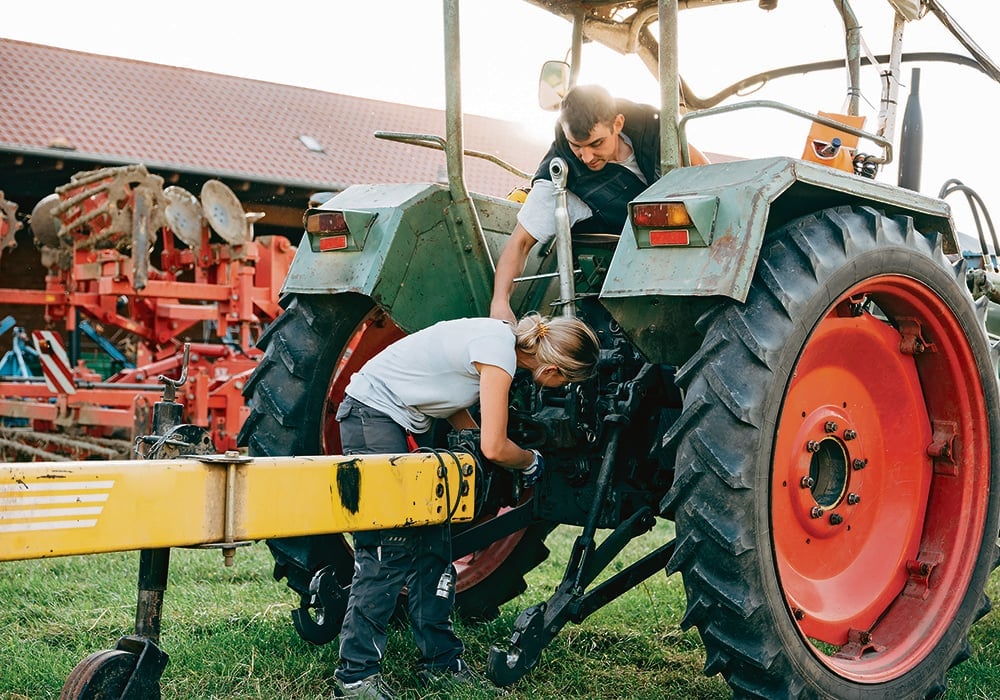Worrying trends in farm safety emphasize need for better procedures

A recent presentation at the Ottawa Valley Farm Show highlighted the nuances of employee safety on farms and the need for formalized safety procedures.
Read Also

European farmers have not embraced green policies
The push for more sustainable agriculture policies in Europe is accentuating the complex relationship between member states and the European…
Workplace Safety and Prevention Services consultant Ryan Dick discussed the everyday safety risks facing employees and workers on farms and emphasized the need for clearer definitions of what constitutes an employee.
Dick began his presentation by telling the audience about his first-hand experience with unsafe conditions on farms.
“I have distinct memories of growing up on the 40B tractor, sitting on the fender looking down at the baler twine that’s holding it to the other fender and swaying with the tractor.”
He also described being told to hold his breath while a sprayer came by, and also breaking his arm on the farm when he was 14.
“We can’t just keep doing things on the farm the way we’ve always done them,” he said. “There are further obligations that we need to know about.”
Dick said it is common for farmers to stoically bear injuries or unsafe conditions.
“It’s no use crying over spilled milk, but what happens when the milk gets into the floorboards?”
He also noted challenges with the definition of a farm worker. For example, a co-op high school student is considered an employee. The Occupational Safety and Health Administration also defines “contractors” as anyone from grain truck drivers to relief sprayers.
Dick pointed to data from Farm Credit Canada that said, as of 2020, that 69 per cent of all farmers had reported some type of injury. In the same report, 60 per cent claim to have unwritten rules in place and 24 per cent said they have no safety procedures at all.
“Gentleman’s agreements” on farms are non-binding, said Dick. This can lead to precarious situations, especially when children or teenagers are involved.
“We wouldn’t let our kid go work at a big box store that had no health and safety plan in place, so why are we doing it on our farms?”
He encouraged farmers to draft a health and safety plan and review it when the farm undergoes major changes. As well, they should keep equipment in good condition and ensure employees are competent with tasks before they are left unattended.
Contractor activities and training can be recorded by maintaining a contractor logbook, he suggested.
“At the end of the day, if you can’t prove (something) through documentation to the Ministry of Labour, Training, Immigration and Skills Development, it didn’t happen.”
Source: Farmtario.com

